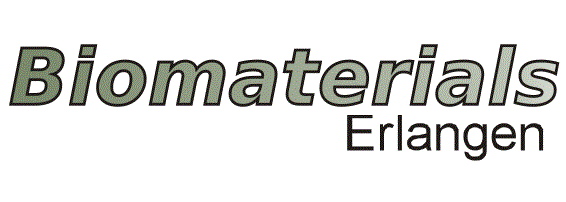Mariya Tulchynska
Mariya Tulchynska
Masterstudent*in
Evaluation of ADA-GEL based composite hydrogels incorporating 2D nanoparticles for 3D-printing
Supervisors: Lisa Schoebel, Prof. Aldo R. Boccaccini
Multiple studies have shown that electrically conductive materials and electrical stimulation can effectively regulate the growth and differentiation of cells [1]. However, hydrogel matrices typically lack inherent electrical conductivity, impending the transmission of electrical signals among cells. Therefore, incorporating electrically conductive materials becomes essential to overcome this limitation. This development has gathered significant interest in the field of tissue engineering [2]. Several two-dimensional nanomaterials hold great promise for tissue engineering due to their exceptional properties, including superior electrical conductivity, large surface area, biocompatibility, hydrophilicity, and antibacterial activity [3]. By functionalizing ADA-GEL, a highly promising hydrogel for tissue engineering and biofabrication, with 2D nanoparticles, it is possible to fabricate electrically conductive scaffolds using 3D-printing techniques. The objective of this master thesis is to fabricate and characterize ADA-GEL-2D nanoparticle composite hydrogels with particular focus on their degradation behavior, mechanical and electrical properties, as well as 3D-printability and cell-material interactions.
[1] T. Boontheekul, et al., Controlling alginate gel degradation utilizing partial oxidation and bimodal molecular weight distribution, Biomaterials, 26, 2005, 2455-2465
[2] T. Distler, et al., Ionically and Enzymatically Dual Cross-Linked Oxidized Alginate Gelatin Hydrogels with Tunable Stiffness and Degradation Behavior for Tissue Engineering, ACS Biomater. Sci. Eng. 6, 2020, 3899–3914
[3] S. Iravani and R. S. Varma, “MXenes and MXene-based materials for tissue engineering and regenerative medicine: recent advances,” Mater. Adv., 2021, 2906–2917. doi: 10.1039/D1MA00189B

